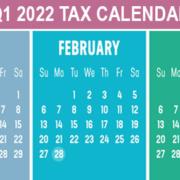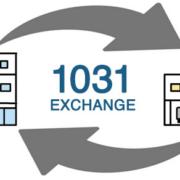Converting a traditional IRA to a Roth IRA can benefit your retirement and estate plans
Retirement planning and estate planning often go hand in hand: The more you save in retirement, the more you’ll have to pass on to the next generation. If you currently have a substantial balance in a traditional IRA, you may be considering whether you should convert the IRA to a Roth IRA. To answer that question, know that there are estate planning benefits to using a Roth IRA and that now is a good time to make the conversion.
Estate planning benefits
The main difference between a traditional IRA and a Roth IRA is the timing of income taxes. With a traditional IRA, your eligible contributions are deductible on your tax return, but distributions of both contributions and earnings are taxable when you receive them. With a Roth IRA, on the other hand, your contributions are nondeductible — that is, they’re made with after-tax dollars — but qualified distributions of both contributions and earnings are tax-free if you meet certain requirements.
Generally, from a tax perspective, you’re better off with a Roth IRA if you expect your tax rate to be higher when it comes time to withdraw the funds. That’s because you pay the tax up front when your tax rate is lower.
Also, from an estate planning perspective, a Roth IRA has two distinct advantages. First, unlike a traditional IRA, a Roth IRA doesn’t mandate required minimum distributions (RMDs) beginning at age 72. If your other assets are sufficient to meet your living expenses, you can allow the funds in a Roth IRA to continue growing tax-free for the rest of your life, multiplying the amount available for your loved ones. Second, after your death, your children or other beneficiaries can withdraw funds from a Roth IRA tax-free. In contrast, an inherited traditional IRA will come with a sizable income tax bill.
Timing is everything
The Tax Cuts and Jobs Act (TCJA) reduced individual income tax rates from 2018 through 2025. By making the conversion now, the TCJA both enhances the benefits of a Roth IRA and reduces the cost of converting. You’ll have to pay federal taxes when you convert from a traditional IRA to a Roth (and possibly state taxes too). But as previously discussed, Roth IRAs offer tax advantages if you expect your tax rate to be higher in the future.
By temporarily lowering individual income tax rates, the TCJA ensures that your tax rate will increase in 2026 (unless Congress lowers tax rates). Future tax rates are irrelevant, of course, if you plan to hold the funds for life and leave them to your loved ones. In that case, you’re generally better off with a Roth IRA, which avoids RMDs and allows the full balance to continue growing tax-free.
Proceed with caution
If you’re contemplating a Roth IRA conversion, discuss with us the costs, benefits and potential risks. Bear in mind, too, that certain provisions of the Build Back Better Act currently being discussed by Congress would restrict, and, in some circumstances, eliminate Roth conversions for certain taxpayers. Contact us to help determine if a Roth IRA conversion is right for you.
© 2021












